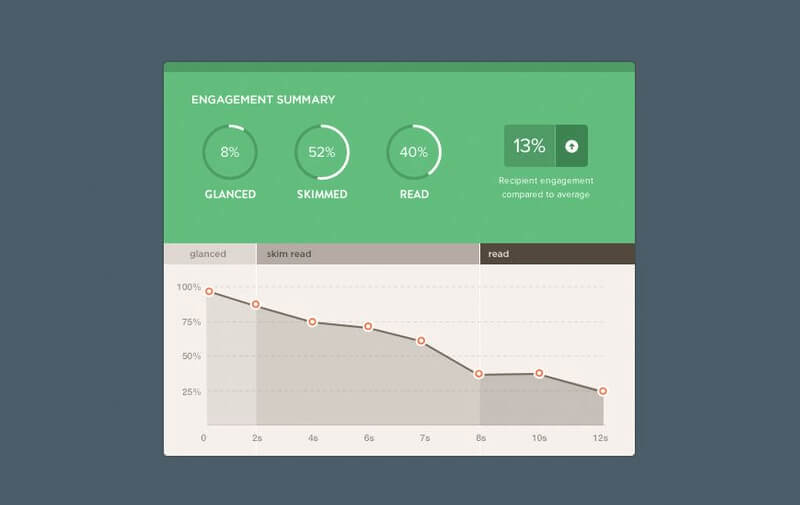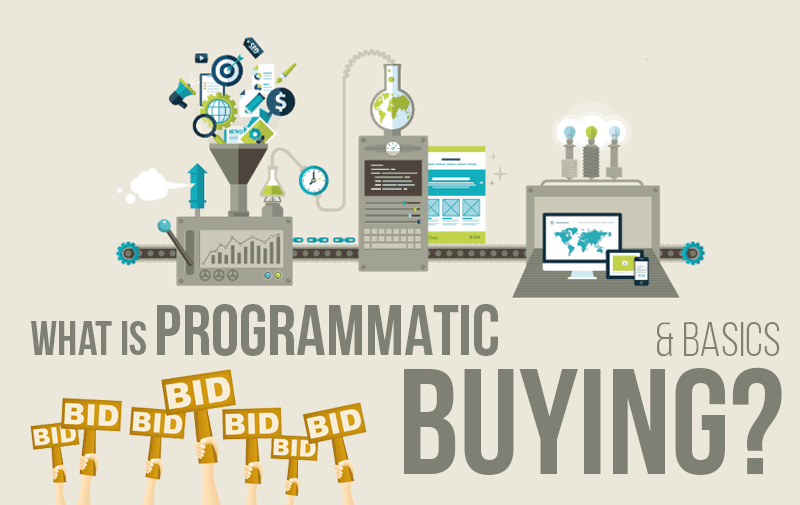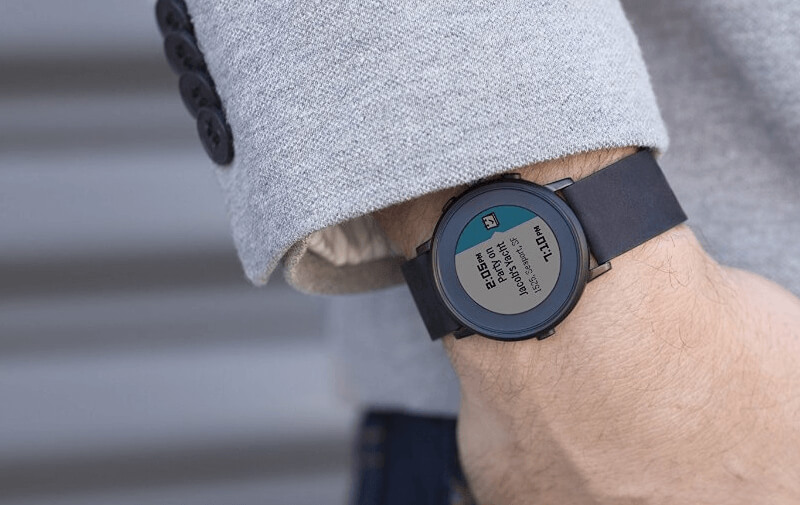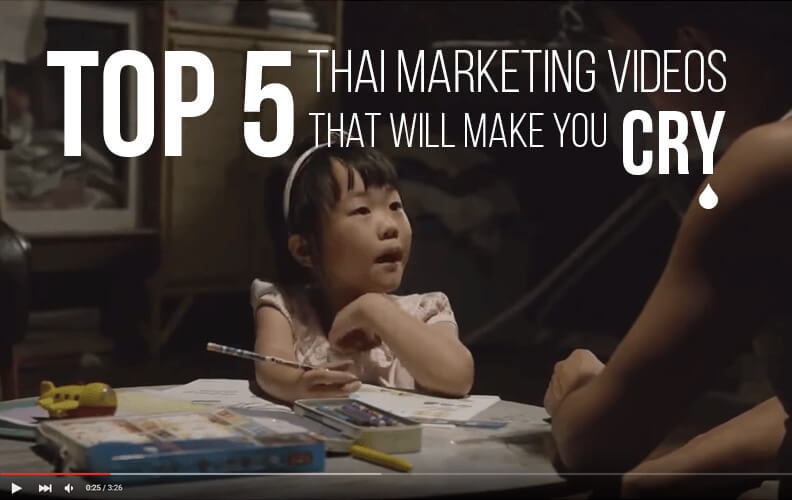As the online advertising technology advances, new methods for advertising are emerging to maximize efficiency around the buying of ad space. The advertising industry is on a bullet train moving towards automation. Many marketers are now leveraging on tech partners that have access to ad exchanges while many others have developed their platforms that allow programmatic media buying. Programmatic buying is a new way of media buying that involves a lot of smart process management. Automated, or programmatic, the key reason that buying is growing is because it is becoming more efficient in terms of ad transactions and at the same time, it increased the effectiveness of online advertising campaigns. One can say that Programmatic Buying is, in fact, the future of online advertising.
What is Programmatic Buying?
The official definition of Programmatic Buying, on Wikipedia, is technologies that automate the buying, placement, and optimization of media inventory, replacing human-based methods. In other words, Programmatic Buying helps to automate the decision-making process of media buying by allowing marketers to set targeting options based on their specific objectives and needs. Ads are then placed using algorithms and big data for online, social media, mobile and video advertising.
This means marketing professionals can define the budget, goals, and attribution model while the platform rapidly adjusts dozens of variables in real time based on performance to determine the right campaign settings to achieve the desired ROI.
James Moore (CRO for Simpli.fi)
How Does It Work? (For Dummies)

Pick – You choose the criteria for your online ads and put it in the buying platform. These include Budget, Target Audience and Key Performance Indicators (KPIs).
Match – The system will then search ad networks and automatically buys /bids the ad space when there is a match. Every website provides its audience data, making it easy for the program to select relevant sites.
Trigger – The trigger could be a click, a mouse-over or even a page view.
Track – After an ad is triggered, the data is being monitored and reported to measure the effectiveness of the campaign.
Repeat – The whole process is optimized and repeated making the process of “negotiating and buying” ad spaces automated.
The Value of Programmatic Buying

Automation
Like a self-driving car, Programmatic Buying is a chauffeur to get brands to where they want to go. At the same time, it can react more quickly to changing market dynamics automatically based on the campaign settings. With automation, it eliminates unnecessary time spent on the media buying, since programmatic omits the need for marketers to communicate with publishers directly. Hence, this frees up time for marketers to focus on other tasks such as: developing & testing strategies and managing the other aspects of the marketing campaign.
Having said this, one must remember that this technology does not negate the important role of a media buyer or marketer. Programmatic buying can reduce their media planning workload, but it cannot replace a creative human mind.
Transparency and Better Targeting
The shift towards big data has changed the way publishers work, forcing them to be an expert in technology and data. The new-age publishers of today are well equipped with knowledge on algorithms, analytics, and predictive modeling.
Programmatic Buying, makes use of this trend, by offering marketers more transparency on the remnant inventory they are purchasing, thus giving them a peace of mind. When combining with real-time data, Programmatic Buying allows marketers to target consumers directly instead of buying or bidding ad space in hope to reach out to the right people.
Consumers, on the other hand, will also be served with ads that are relevant to them based on their actual interests. This ideal matching heightens the effectiveness of online advertising.
Improved Tracking Capacity
Not only does Programmatic Buying gives detailed data before the campaign is launched, it also provides insights after the campaign is launched. Programmatic Buying allows marketers to receive useful analytics such as impressions and clicks from their campaign almost immediately. These analytics allows marketers to make adjustments in real time to their campaigns if an ad is not delivering the desired results. Insights also allow marketers to review their KPIs and ROI.
In Conclusion

With the fast evolution of technologies, marketer’s expectations and approaches towards Programmatic Buying will become more sophisticated. At the end of the day, the aim of advertising remains unchanged, that is, to deliver the right message to the right people at the right time. Programmatic Buying opens up new possibilities, which were not previously possible, to online marketers. These possibilities enable marketers to plan and launch their online advertising campaigns more effectively and efficiently.
Like many digital marketing trends, Programmatic Buying is evolving at a very fast pace, and it is becoming an essential tool for all digital marketers. Eventually, Programmatic Buying will have a dominant role in the online media buying space.





